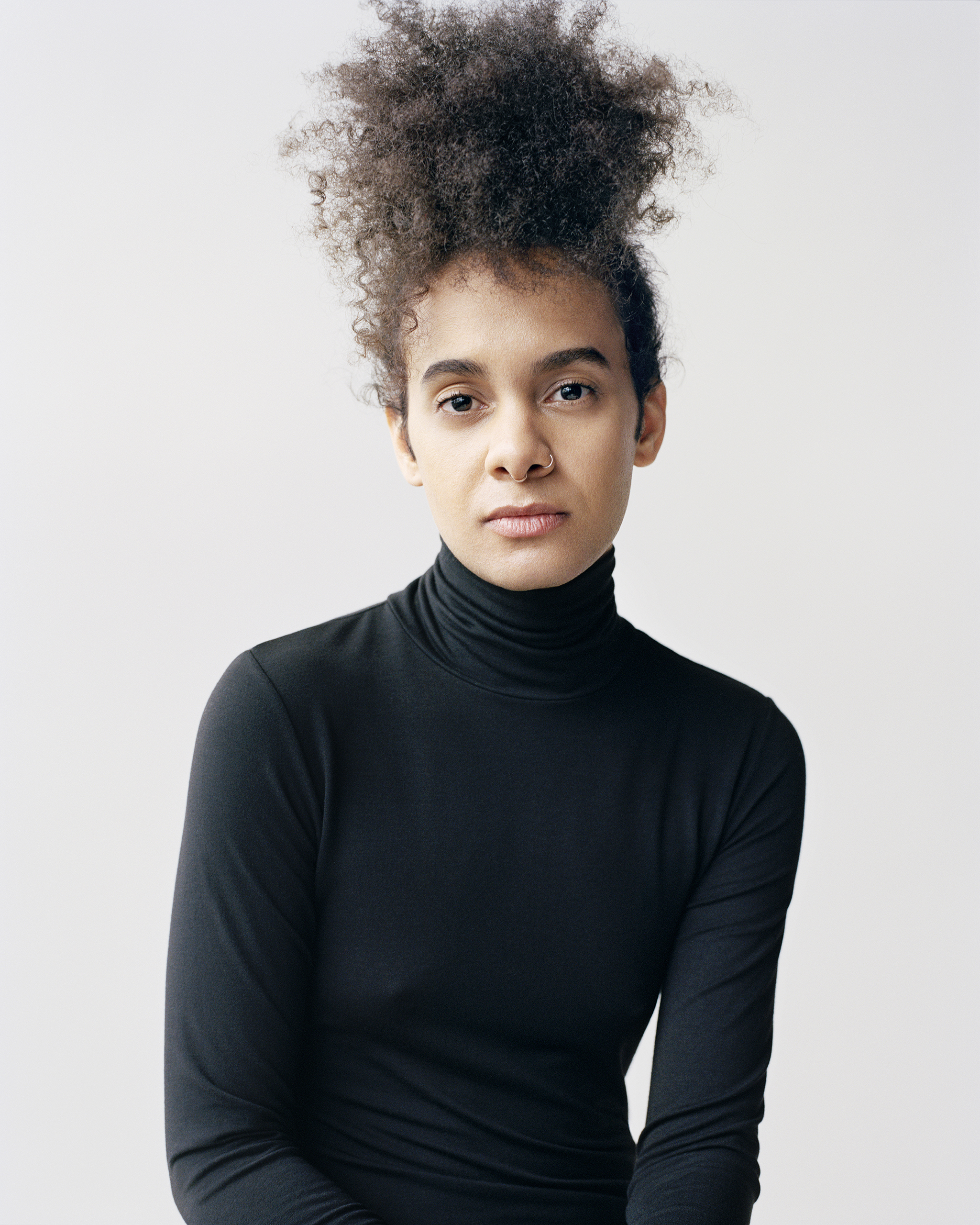
In Park City, Utah, students are lining up at a local high school to get their locker assignments for the semester. Extracurricular clubs have set up tables to attract new members. It’s only midday, but the Gay-Straight Alliance, a group with outposts at about a quarter of American secondary schools, already has 47 names on its sign-up sheet. Sitting behind piles of rainbow-colored paper cranes — a hot fundraising item — the group leaders are counting the different identity labels they’ve encountered. Sure, there’s lesbian, gay, bisexual, transgender. But there are more. Way more. “There are people who are pan,” says 17-year-old club president Grace Mason, meaning pansexual. There’s also aromantic, asexual, genderqueer, two-spirit and on and on.
Hyperindividual, you-do-you young people from across the U.S. are upending the convention that when it comes to gender and sexuality, there are only two options for each: male or female, gay or straight. These aspects of identity — the sense of being a man or a woman, for instance, and whom one is drawn to physically or romantically — are distinct. But they are related, and together, they’re undergoing a sea change, as an increasing number of people say they aren’t one or the other but perhaps neither or maybe both.
As many transgender people fight for equal status as men and women in society — with identities that feel just as static as anyone else’s — others say their feelings about gender don’t fit in either of those boxes and might change over time. “Some days I feel like my gender could be like what I was assigned at birth, but there are some days when I feel the opposite way,” says Rowan Little, an 18-year-old high school senior in Kentucky who identifies as gender fluid and uses the pronoun they, rather than he or she. Young people are pointing to the middle in terms of sexual attraction too, with one survey finding that nearly a third of young Americans see themselves somewhere between 100% heterosexual and 100% homosexual.
Expressions of gender and sexuality that go beyond this-or-that are nothing new, but they’re increasingly moving from the margins to the mainstream. Facebook, with its more than 1 billion users, now has about 60 options for users’ gender. By some counts, there are more than 200 regular or recurring LGBTQ (Q stands for “queer”) characters on cable TV and streaming series. Influential celebrities, including Miley Cyrus, have come out as everything from flexible in their gender to “mostly straight.” And companies are getting in on the movement too: a recent Bud Light commercial declared, tongue-in-cheek, that beer is for “people of all genders.”
Some of the legal trappings that organize society around two categories of people are also starting to be challenged. A bill introduced in California in January would add a third gender option on identification documents like driver’s licenses and birth certificates: male, female or nonbinary. And cities across the country are passing laws that require single-user bathrooms to be marked as gender-neutral or “all-gender.” President Obama even established one at the White House, as his Administration instructed all federally funded schools to allow students to use facilities that correspond with their gender identity — guidance that President Trump’s Administration rescinded (though he kept the bathroom).
This social change isn’t happening without a fight. Politicians are debating the very meaning of words like sex in fights over so-called “bathroom bills.” Several lawsuits are fleshing out the meaning of that word, too, as plaintiffs allege that sexual orientation and gender identity are covered under bans on sex discrimination.
The erosion of these binaries could, over time, have profound implications for the many systems that prop up the two-gender reality most people are accustomed to: not just in Facebook statuses, but in competitive sports, courts, the military, toy aisles, relationships.
According to a survey commissioned by the LGBTQ advocacy organization GLAAD, and shared exclusively with TIME, 20% of millennials identify as something other than strictly straight and cisgender (someone whose gender is in line with the sex they were assigned at birth), compared with 7% of boomers. These are people who may be sexually curious about members of their own gender, or who may reject the notion that they have a gender in the first place.
“In older generations, people were often told what feelings to have,” says Sara Oswalt, an associate health professor at the University of Texas at San Antonio. “The college students I’m working with today really say, ‘It’s okay for me to be me, whatever that is.'”
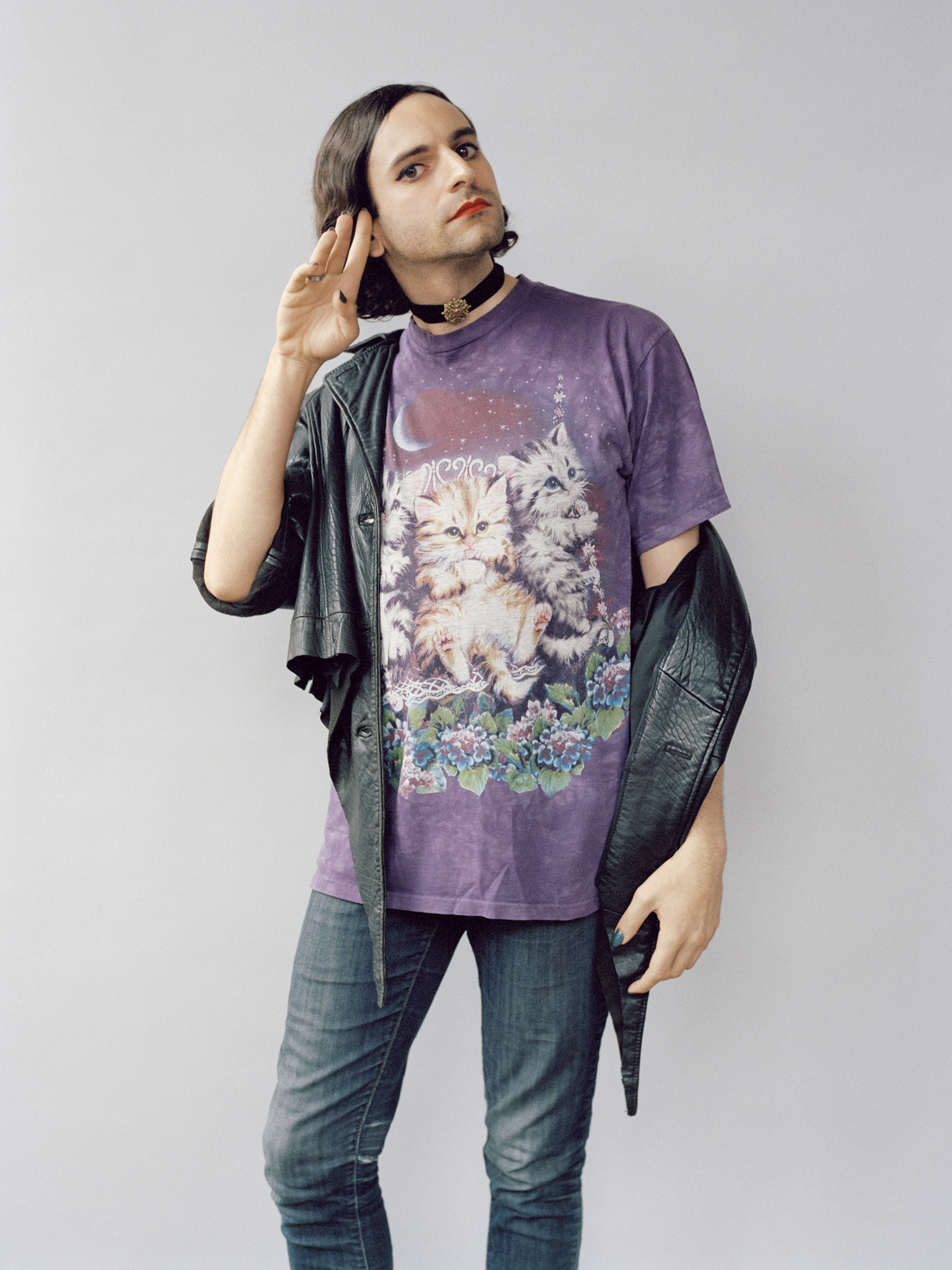
When it comes to the array of lesser-known identities young people are embracing, the big question is whether this is just kids experimenting or whether it reflects true variance that has long existed but went unexpressed in past generations. The answer may be both.
In the GLAAD survey, conducted by Harris Poll, more than three-quarters of the roughly 2,000 respondents said it feels like “more people than ever” have “nontraditional” sexual orientations and gender identities. But older Americans were more likely than younger people to say they were uncomfortable with those who “do not conform to traditional ideas about gender” and that LGBTQ people who “blend in” deserve more respect.
Kyle Scotten, a 21-year-old from Texas who identifies as a gay man, says he did not come out until he went to college in part because attitudes were different even a few years ago. “I remember hearing the word gay being thrown around a lot when I was kid,” he says, “and it wasn’t really used as an endearing term.” Like many of his peers, Scotten has come to see sexuality as a spectrum: “I totally believe there are a 100, 200 shades in the middle.” And he tends to have an open mind even when he doesn’t understand the nuances his peers are talking about when it comes to their gender. “It makes sense to them, in their own head,” he says, “and that’s enough.”
Some experts say that there is more natural variation than has been widely acknowledged and that terminology is more limited than the sum of human experience. “There’s something in between ‘born that way’ and choice,” says Stephanie Sanders, a senior scientist at Indiana University’s Kinsey Institute who studies human sexual behavior. “This is a much more nuanced thing … Is it biology or nurture? I don’t know why we can’t let that debate go. We are always, at every point in time, the product of both.”
Many young people have, from a very early age, personally known people who are out. GLAAD’s survey found that millennials were, for example, about twice as likely as boomers to have someone in their circles who identifies as bisexual, asexual, queer or questioning.
Sophie Vanderburgh, a 19-year-old college freshman in Maine, recently realized that she’s attracted to women as well as men. Her older sibling came out as transgender two years ago, an experience that Vanderburgh says “made me a lot more sensitive to everything.” Well before that, she’d known several openly gay students at school; she’d even had a teacher when she was in fourth grade who was open about having a partner of the same sex: “I remember thinking, ‘Oh that’s interesting.’ And then I moved on with my life.”
The Internet and social media, which many young people do not remember life without, have only increased early exposure to different types of people. “A lot of things I’m politically correct on,” says Vanderburgh, “I know because of Tumblr.” Social media has also made it easier for young people to find themselves — and each other.
“It’s really easy to tell someone who is alone and doesn’t feel like there are other people like them that who they are is wrong,” says Jacob Tobia, a 25-year-old writer-producer in Los Angeles who identifies as genderqueer. “But once someone realizes that they’re not alone, it’s really hard to take away that sense of personal empowerment.”
A couple of years ago, Marie McGwier, 26, started selling Gender is over! If you want it shirts online. The tech worker based in New York has since shipped more than 2,400 of them for about $20 apiece. (Proceeds go to charity.) “With younger people, I see a lot more of ‘I have never had a gender’; ‘Gender isn’t me’; ‘Gender just doesn’t apply to me’; and ‘Screw gender,'” says McGwier, who identifies as queer and gender nonconforming.
Before anyone can purchase one of the T-shirts, they’re asked to send a message saying what the statement means to them. McGwier publishes the responses on Tumblr.
In GLAAD’s survey, it was more common for millennials to say they are not strictly straight (16%) than not cisgender (12%). And the gray areas of sexuality — as well as the notion of exploring them — can seem more familiar. Pioneering sex researcher Alfred Kinsey developed a scale for measuring sexual orientation back in the 1940s on which a “0” describes someone who is exclusively heterosexual and “6” exclusively homosexual. Other researchers have proposed more complex measuring systems, factoring in not only sexual behavior but also sexual fantasies and emotional preferences.
Back in Kinsey’s day, many men felt more free to engage in same-sex behavior, even if they didn’t talk about it, historians say. “The very rise of the homosexual as a distinct minority, that people who wanted to be straight-identified had to distinguish themselves from, had a policing effect,” says Yale history professor George Chauncey.
Today, Ritch Savin-Williams, a professor emeritus of psychology at Cornell University, is researching the population he categorizes as “straight with a bit of gayness,” as one of his interviewees put it. Savin-Williams estimates that about 15% of women and closer to 5% of men fall in this mostly straight category today. He also thinks the latter number will grow, as stigma lessens and “men realize that this is a sexual label that can apply to them as well.”
With gender, the identity breakdown seems newer to many people — and in some ways tougher to unpack. There is one’s anatomy but also other traits, from facial hair to chromosomes, that may not “match” those body parts. Then there is gender identity (sense of self), gender socialization (how people are expected to act) and gender expression (how a person dresses or styles their hair and so on). “While all these things exist and for a lot of people, they line up, in some people they don’t,” says Julia Serano, an author and transgender woman. “One of the things the average person doesn’t really appreciate is just how holistic gender is.”
As it becomes more common to be nonconforming — and as slang spreads at lightning speed online — the list of labels people use has grown. In one large-scale survey released in 2016, respondents were asked to write in the term that best fits their gender, and researchers received more than 500 unique responses.
Even for those tuned in to such things, keeping track of it all can be overwhelming. About eight years ago Nick Teich, a 34-year-old transgender man, started the first summer camp in America for transgender youth. In recent years, he says, the organization has found more registrants checking the “other” box on their intake forms. “We have a growing number of kids who identify as genderqueer, nonbinary, gender variant. People put ‘demigirl,’ ‘genderless,’ ‘no gender,’ ‘all genders,’ ‘pangender,'” he says. “We get things all the time, and I’m like, ‘What is this? I have to look this up.'”
While it’s still up for debate how many of those labels belong in textbooks or on official surveys, experts agree they’re important for people in the throes of self-discovery. “They’re not just saying, ‘Screw you,'” says Cornell’s Savin-Williams. “It says, ‘Your terms do not reflect my reality or the reality of my friends.'” The more expressive one is of their various layers, the more detailed the picture can get.
K.C. Clements, a 28-year-old living in Brooklyn, says, “I identify as a white, able-bodied, queer, nonbinary trans person,” Clements says. “It’s a mouthful.”
For those who grew up alienated by the options, finding a label that feels right can be freeing. “I was like, I don’t know who I am. I don’t know what I’m doing. I don’t know where I want to be. I don’t know what pronouns I want to use,” says Tyler Ford, a 26-year-old who grew up in Florida and has attracted a large social-media following. Ford, who goes by they and identifies as agender — meaning they feel they have no gender at all — was assigned female at birth, came out as a transgender man at age 20, tried hormones for a couple years and then stopped.
“After testosterone I was like, O.K., my body is more where I want it to be. People can’t really pinpoint me anymore, and that is comforting to me,” says Ford. “I really like being neutral. I don’t like having to identify with either binary gender. I like being beyond.”
While Ford’s many supporters on social media idolize what they see as a person taking brave — and very public — steps toward self-determination, the trolls are never far behind. “Who would want to hear an experience of a woman who pretends she is a man?” … “We are all just sick of your basic attention-seeking nonsense.” … “F-CK OFF.”
Other critics don’t bother with the Internet’s cloak of anonymity. At a March hearing over a bathroom bill in Texas, which would require people to use bathrooms that match their birth certificates, one pastor called the notion that gender is determined by the brain “foolishness.” Another supporter of the bill dismissed less common identities as a trend, saying “We live in a time when the entertainment industry says it’s cool to question your gender identity.”
Cyrus, who has famously referred to herself as gender fluid and pansexual, says she’s accustomed to hearing such comments, but she rejects them. “It’s not a trend. It’s just that now it’s acceptable to discuss it. It’s acceptable to come out now. It was so scary before,” Cyrus tells TIME. The 24-year-old says that going public about her feelings, and providing support to LGBTQ youth through her nonprofit Happy Hippie Foundation, is what she’s most proud of in her career.
Examples like Cyrus can help young people who feel they are constantly explaining themselves to doubters.”Let’s say you’re white and I said being white isn’t a thing,” says Miguel Johnson, a 16-year-old high school sophomore who grew up in the Kansas City area and identifies as gender fluid. “To me that’s the same way people sound when they say your gender doesn’t exist, your sexuality doesn’t exist.” Johnson says he has been bullied at school, called an “it” and “creature.”
Little, the high school student in Kentucky, has had plenty of practice arguing for the “existence” of their gender too, especially with older people. “It’s just something they’ve never heard of and don’t care to understand,” Little says. “That’s the usual form it takes.”
Others who have identities they describe as fluid or changeable say the pushback even comes from some older gay and transgender people, who have long fought for equality with arguments that one’s gender or sexual orientation does not change.
“The one thing I wouldn’t want to lose sight of is that the generational gap on this issue translates into actual conflict, victimization and pain,” says Eliza Byard, the executive director of GLSEN, an organization that supports LGBTQ students.
Those young people are at increased risk for violence and attempted suicide, especially when they lack family support. Over one-third of LGBTQ students report being physically harassed at school.
Still, the more people come out, the more others may ultimately be emboldened to think beyond whatever they may have been told about who they ought to be — and how they can express it.
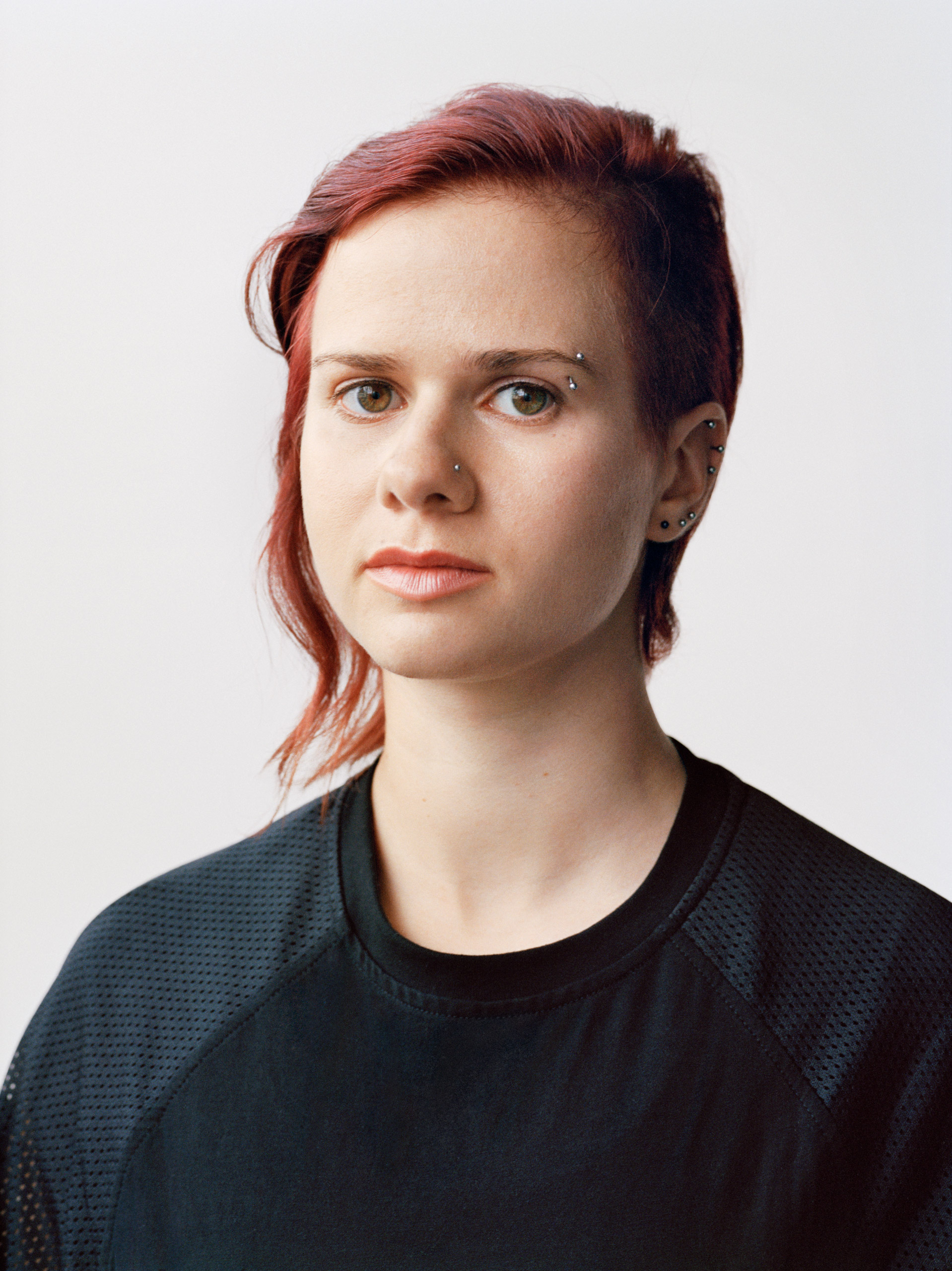
Back in Park City, high school senior Mason is taking a break from signing up new allies to the Gay-Straight Alliance. She’s in the middle of telling the story about when she came out to her mother as bisexual at 16, and how her mother’s reaction was to ask if it wouldn’t just be easier if she would choose one or the other. Suddenly, she’s interrupted by another student and her mother.
The pair stops at the table to ask for a copy of a sign Mason had laid out, designating the area as a “safe space” for people of all identities. The mom has a friend who recently came out as transgender, she explains, and wants to show support.
Mason hands her a sign politely, like she’s heard that story a thousand times, and resumes telling her own.
“I told her, ‘I know it’s one of those things in life that could be easier, but I know who I am,'” Mason says. “And I’d rather be who I am and be authentically me than try to fit into one of those crappy little boxes. I have a great box that I have made for myself.”
NO-BINARY CODE
However they self-identify, young people tend to be more accepting of whatever identities they encounter
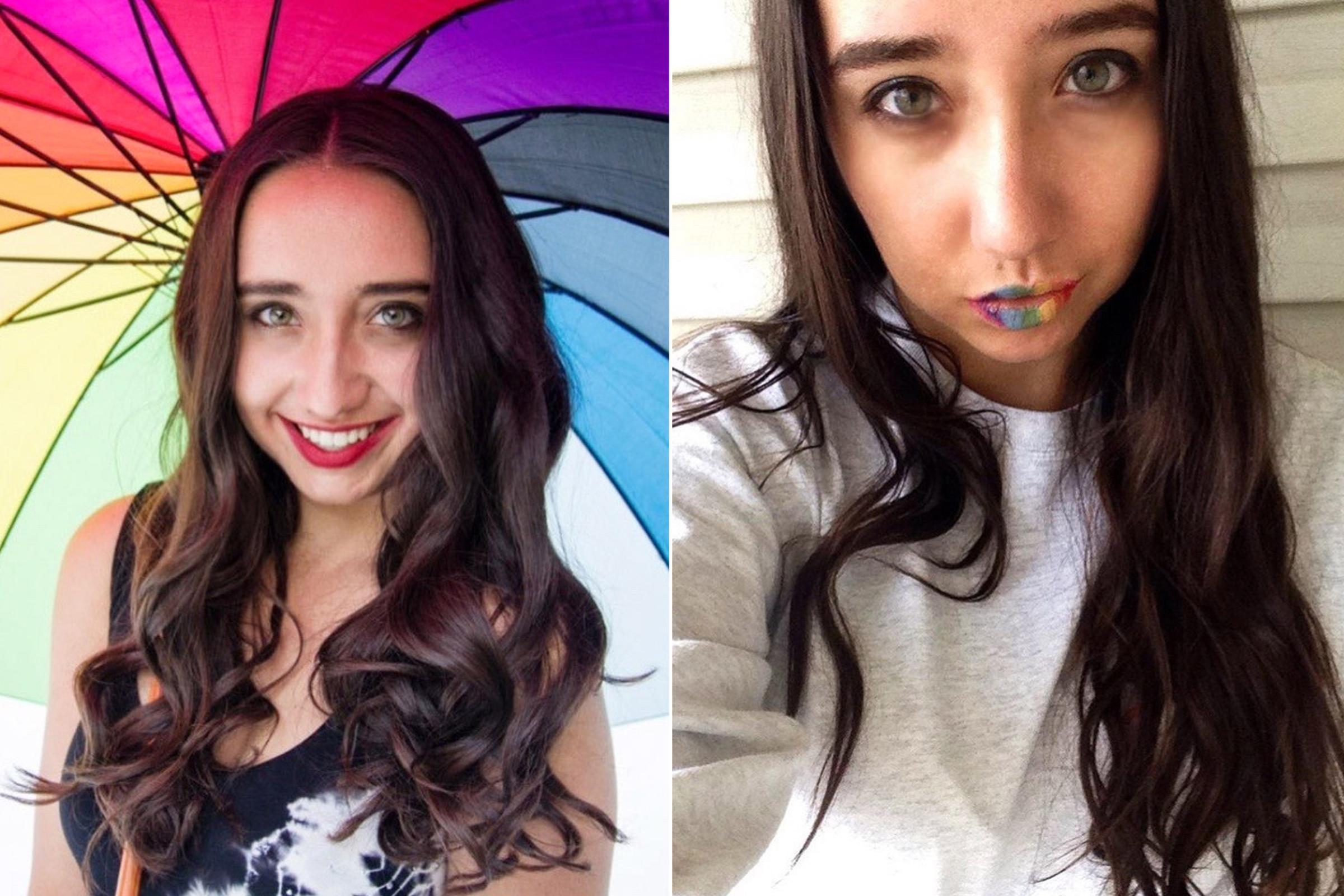
Grace, 17, Park City, Utah
Grace, who identifies as bisexual, believes that one’s gender or sexuality can change over a lifetime. “There’s no reason you have to say, ‘Oh, I’m gay and there’s no way I will be anything else for the rest of my life,'” says the high school senior. “Because there is the possibility that you might find out that you like something else.”
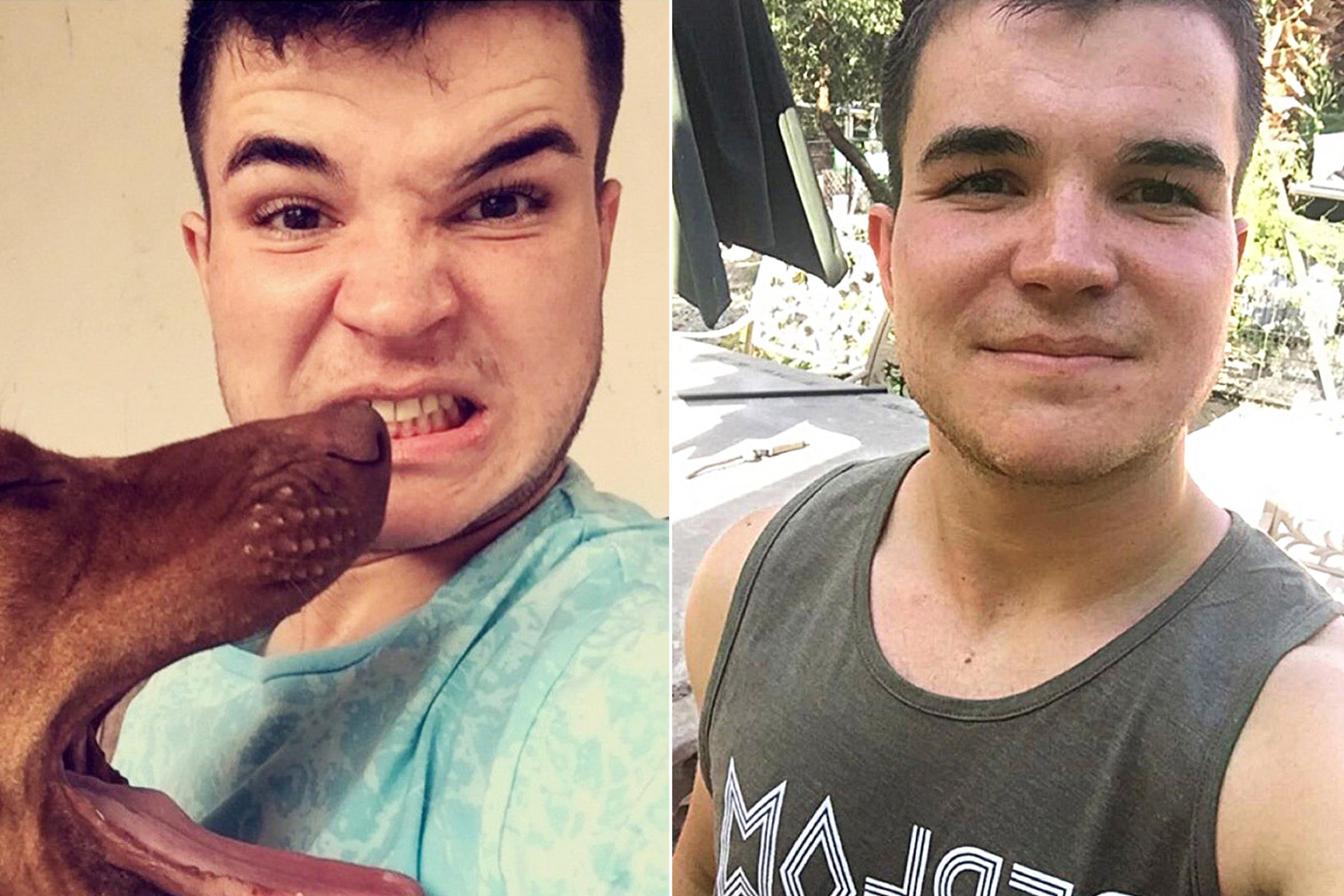
Kyle, 21, San Antonio
Growing up in a small, conservative Texas town, Kyle worried about coming out as gay, but he says that teenagers today are more empowered and more aware because of social media. “We are able to see a bird’s-eye view of all the different types of people that are in existence,” he says. “That exposure opens people’s eyes a little bit.”
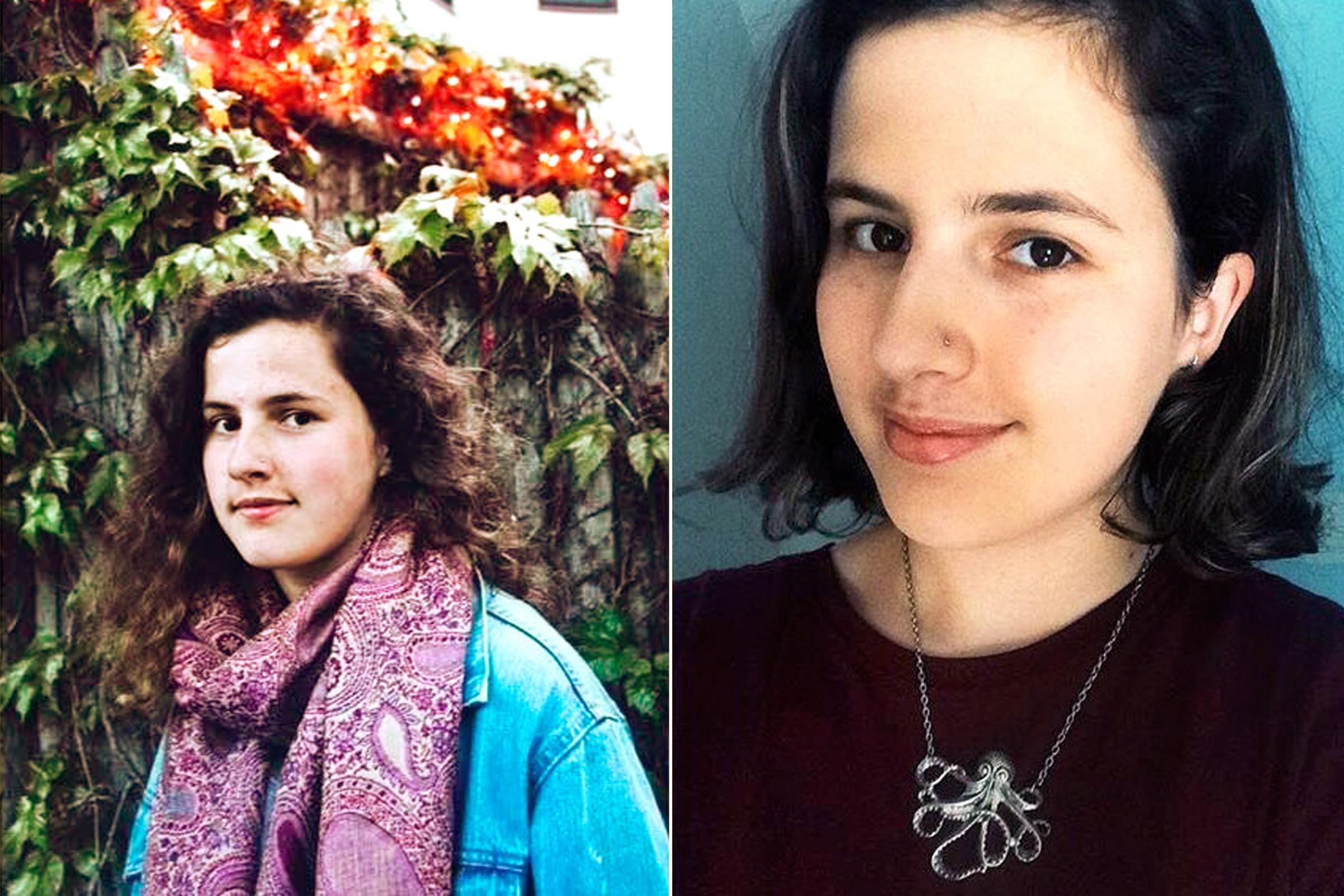
Sophie, 19, Orono, Maine
As her senior year of high school drew to a close, Sophie realized that though she loved her boyfriend, she was physically drawn to women too. Now a college freshman, she identifies as bisexual and wishes people were more open-minded about sexuality as well as gender: “I don’t understand why people are so attached to labels like female and male.”
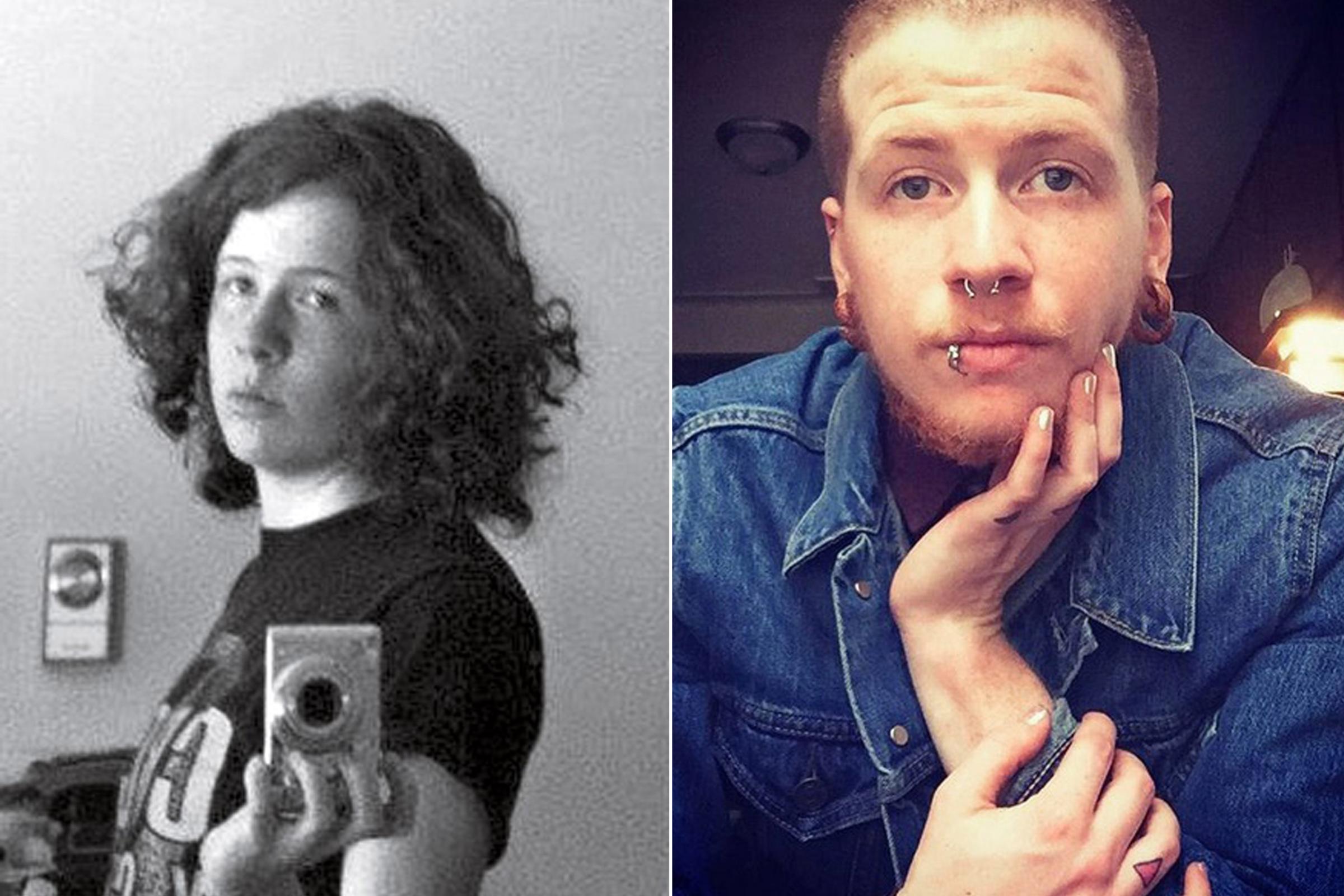
K.C., 28, Brooklyn
K.C. has a long answer when asked how they identify —”a white, able-bodied, queer, nonbinary trans person” — and says that it has taken years of work to overcome expectations of a society “that can’t really handle me.” K.C. adds that “as a child, I felt very in-between.”
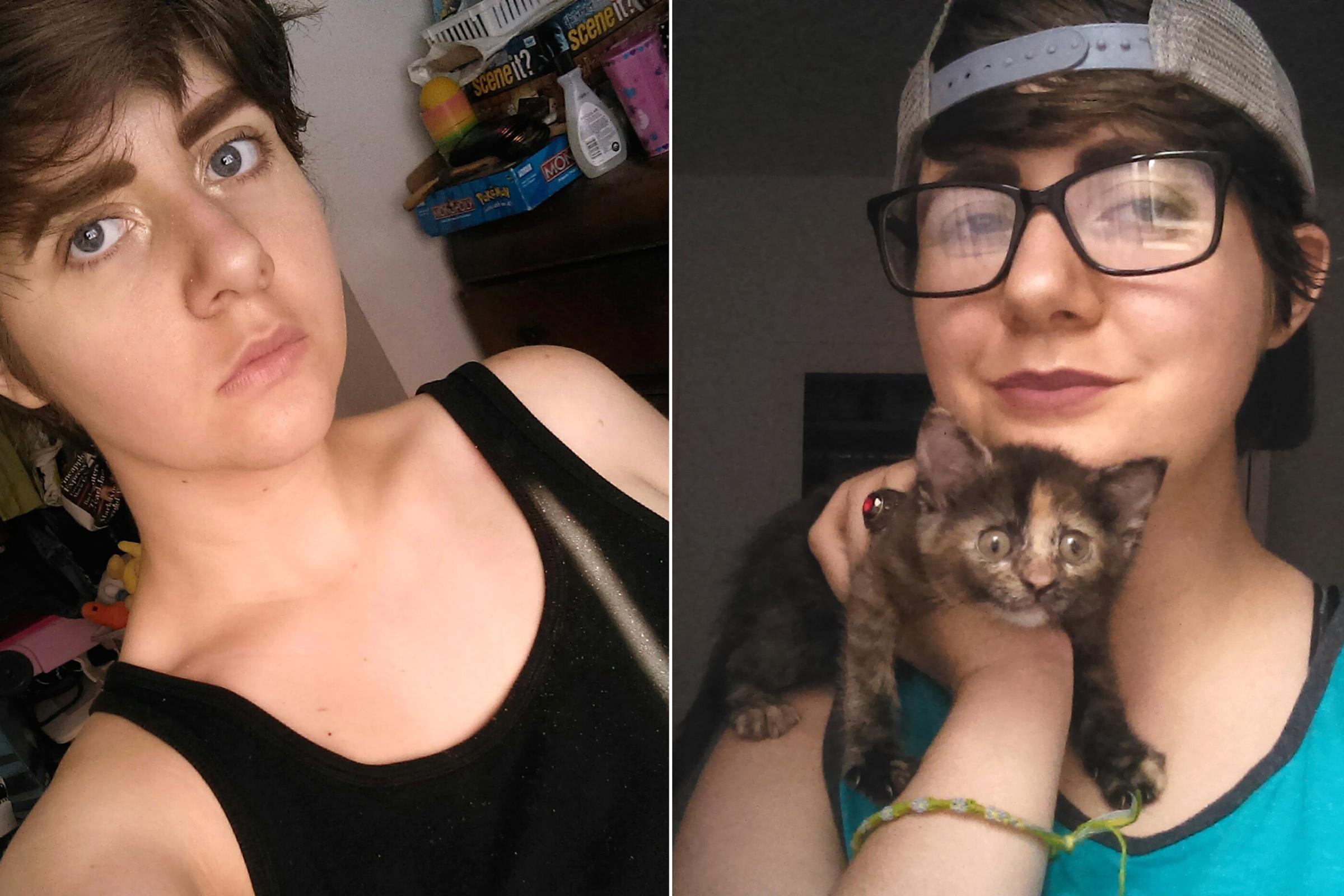
Rowan, 18, Louisville, Ky.
Rowan, who identifies as gender fluid, says that watching politicians fight over which bathroom transgender people belong in is upsetting. “Essentially what they’re arguing about is, Should trans people be allowed to exist?” Rowan has worked on getting a nonbinary slot added to their school’s homecoming court, alongside king and queen.
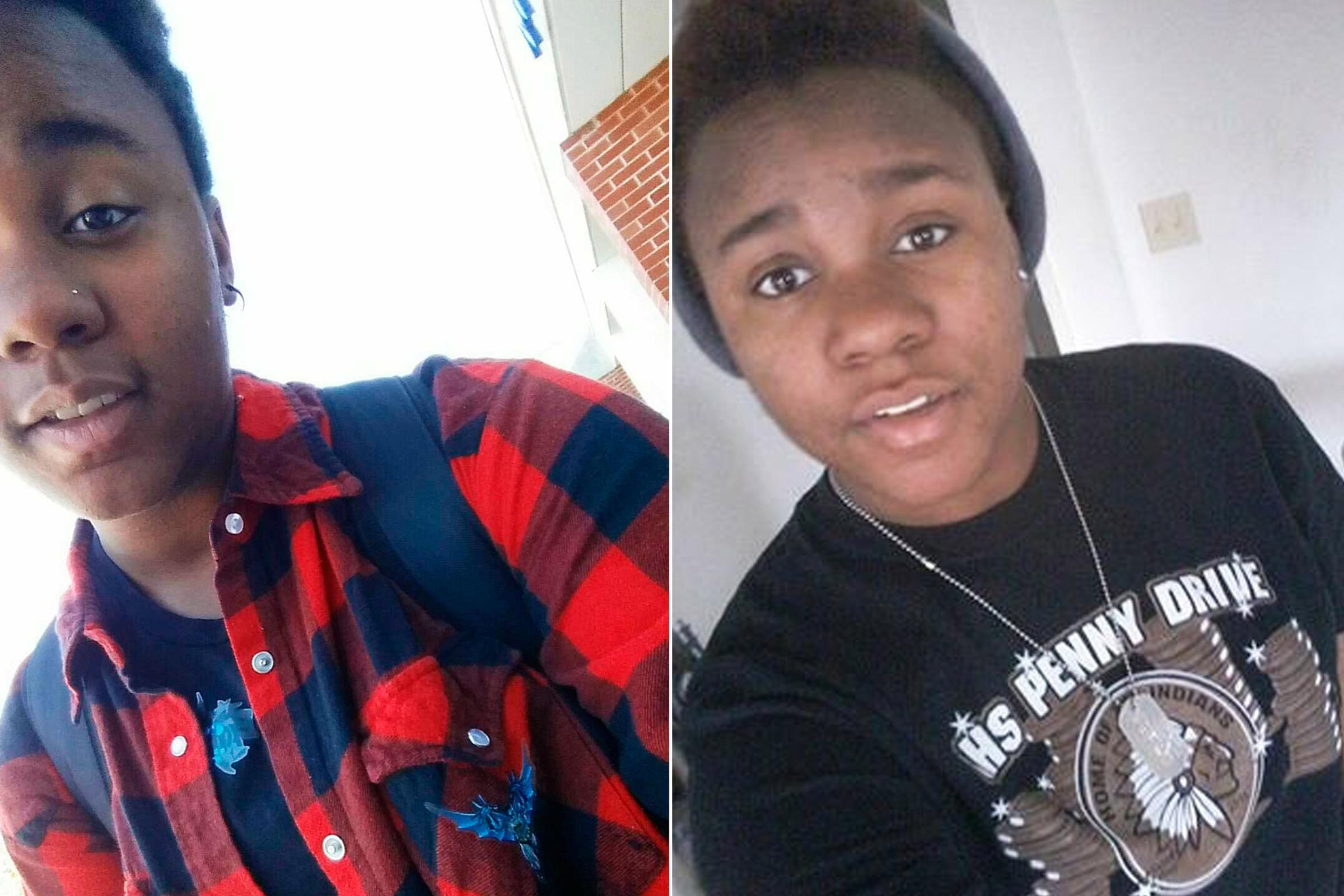
Miguel, 16, St. Joseph, Mo.
As with many young people, Miguel’s exploration of gender started with a Google search: “What does it mean to not identify as male or female?” Now that he’s out as gender fluid, he is sometimes bullied at school, but he also finds acceptance: “People in my generation, if they hear something new, they’re like, ‘Oh, O.K.'”
More Must-Reads from TIME
- Introducing the 2024 TIME100 Next
- The Reinvention of J.D. Vance
- How to Survive Election Season Without Losing Your Mind
- Welcome to the Golden Age of Scams
- Did the Pandemic Break Our Brains?
- The Many Lives of Jack Antonoff
- 33 True Crime Documentaries That Shaped the Genre
- Why Gut Health Issues Are More Common in Women
Contact us at letters@time.com